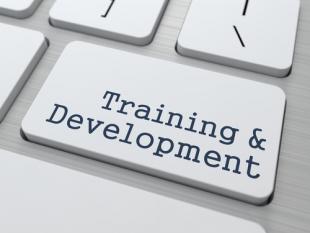Does this description sound familiar? Your organization’s learning solutions/programs have long cycle-times to define and execute & significant expense or disruption while providing limited ability to measure Return of Investment (ROI) or business impact.
Replace ‘learning solutions’ in the sentence above with the title of any ‘program’ and the reaction from leadership would be the same- “a nice to have expense that will be reduced or eliminated when spending pressure is applied’.
The solution: technology has enabled the development and delivery of content which some have labeled- ‘micro-learning’. Simply, micro-learning provides content in a short, well organized format. It is ideally suited to a growing generation of learner’s accustomed to searching for and consuming YouTube video’s to enhance their knowledge.
There are three (3) compelling reasons micro-learning is a modality whose time has come.
Micro-learning is:
- Connected to business challenge/problems– content is designed to address a discrete and relevant ‘task’ or tasks. If it is not connected to a job role- it should not be included.
- Learner driven– likely to experience higher engagement levels when the adult learner ‘pulls’ the solution vs the solution being ‘pushed’ at them. The learner is ‘in-charge’ of their own development- they define the ‘place and pace’.
- Provides job aides/tools– support the application in ‘real-time’ on the job. If it works within the context of ‘real-work’ it will be considered very useful. The successful application experience will demonstrate the relevance while creating a ‘use case’ to share as evidence of business impact and/or return on investment.
The development of micro-learning requires both focus and alignment- it may be perceived by some as ‘short & simple’ but it should not be simplistic. When I think of developing micro-learning content I am reminded of the famous Mark Twain quote- “It usually takes me more than three weeks to prepare a good impromptu speech.”
A commitment to ‘less learning’ is worth the effort so you can generate more engagement, use and impact for learners who want to link ‘application & learning’ on the job. In addition, it address the challenges associated with measuring the impact of learning activities.
About The Author
Christopher Quinn is the Founder of Imprint Learning Solutions which provides products and services that improve the effectiveness of marketing teams and individuals impacting more than 12,000 marketing professionals since its inception. It’s client companies are global organizations in both the business to business and business to consumer markets spanning more than 48 countries worldwide and range from $100 billion in revenue to start-up’s.






